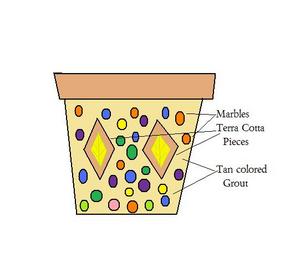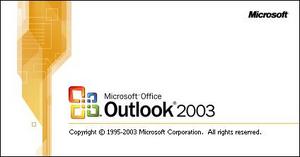The venture capital firms in Canada and the United States operate different methods in valuation ‘” your $1m valuation does not mean $1m in venture capital funds’ perspective.
The venture capital method
The venture capital method is one of a family of valuation processes that depend on working backward from an assumed terminal value, that is, the sale of the investment at some future time. With the venture capital method, you take a company’s terminal value and add it to the sum of interim distributions (if any) to find what it’s worth to the investor, expressed in today’s dollars. To understand the technique better, you first need to review the process.
If an investor plans to invest X dollars (say, $50,000) in your enterprise today for some yet-to-be-determined percentage of the company’s equity, the first chore is to see if the company can be valued on the basis of existing numbers and other evidence, such as comparing it with similar companies. Maybe it looks just like another firm for which investors, or the public market, have established a value. That is the easy way: a valid comparable.
Okay, now assume the company lacks enough shape and texture to complete a comparable analysis based on today’s facts. In that case, you must look into the company’s future through your crystal ball.
Assume that management’s projections predict that the company will enjoy X dollars of net after-tax earnings as of the day the exit strategy is accomplished ‘” the day the company is sold or goes public ‘” and that happy day is five years out. To determine what amount of money a company’s stock might sell for in a merger or IPO five years down the road, a financial analyst then picks an exact multiple of earnings per share.
Unfortunately, because you have no way of knowing for sure what that particular multiple is going to be five years from now, the next-best strategy is using existing multiples in the given industry. So you’ll want to find out what the price-earnings ratios (or PE) of companies in comparable fields are today.
Assuming that the average of those multiples is 10 (a nice round number to work with), that means, when applied to your company, its projected total market capitalization ‘” the total market value of all the company’s stock immediately prior to the IPO ‘” will be 10 times the net earnings for the year in which the projections were made.
The investor then chooses that return on her investment, which corresponds to the risks that she deems the business is encountering, taking into account the return on competing investments, again a subjective judgment. She may believe that she is entitled to a 38 percent compounded rate of return (the percentage interest earned on an investment, which is then compounded ‘” or added to the original amount ‘” for subsequent calculations). This means that the company’s forecast needs to be holding out the expectation of a five times earnings return; that is, the investor gets back $5 for every $1 invested, before taxes.
The valuation formula, therefore, is relatively simple: If the investment is $250,000, then five times $250,000 is $1.25 million. If the company is forecast to be worth $10 million in year five (in other words, 10 times projected net earnings in year five of $1 million), then the investor’s $250,000 commands 12.5 percent of the company in year one.
If five years is the time horizon, then:
- To triple one’s investment in five years, you need a 25 percent compounded pretax rate of return.
- To quintuple one’s investment in five years, you need a 38 percent compounded pretax rate of return.
- For a return of seven times one’s investment in five years, you need 48 percent.
- For 10 times one’s investment you need a 58 percent compounded pretax of return.
Venture capitalists use any number of rules when determining whether the potential payback from an investment will be worthwhile to them ‘” in part because the universe of possible opportunities is so large that some handy, ready-to-wear criteria are necessary to separate the wheat from the chaff. When talking with a venture capitalist about the value of your company, be sure that you know which method he or she is using, and that you understand how the result is calculated.
Using the venture capital method accurately, you must figure in the likelihood of subsequent rounds of financing, which (unless the investor participates) dilutes his or her ultimate interest. The investor must participate in subsequent rounds of financing to preserve his or her initial percentage.


